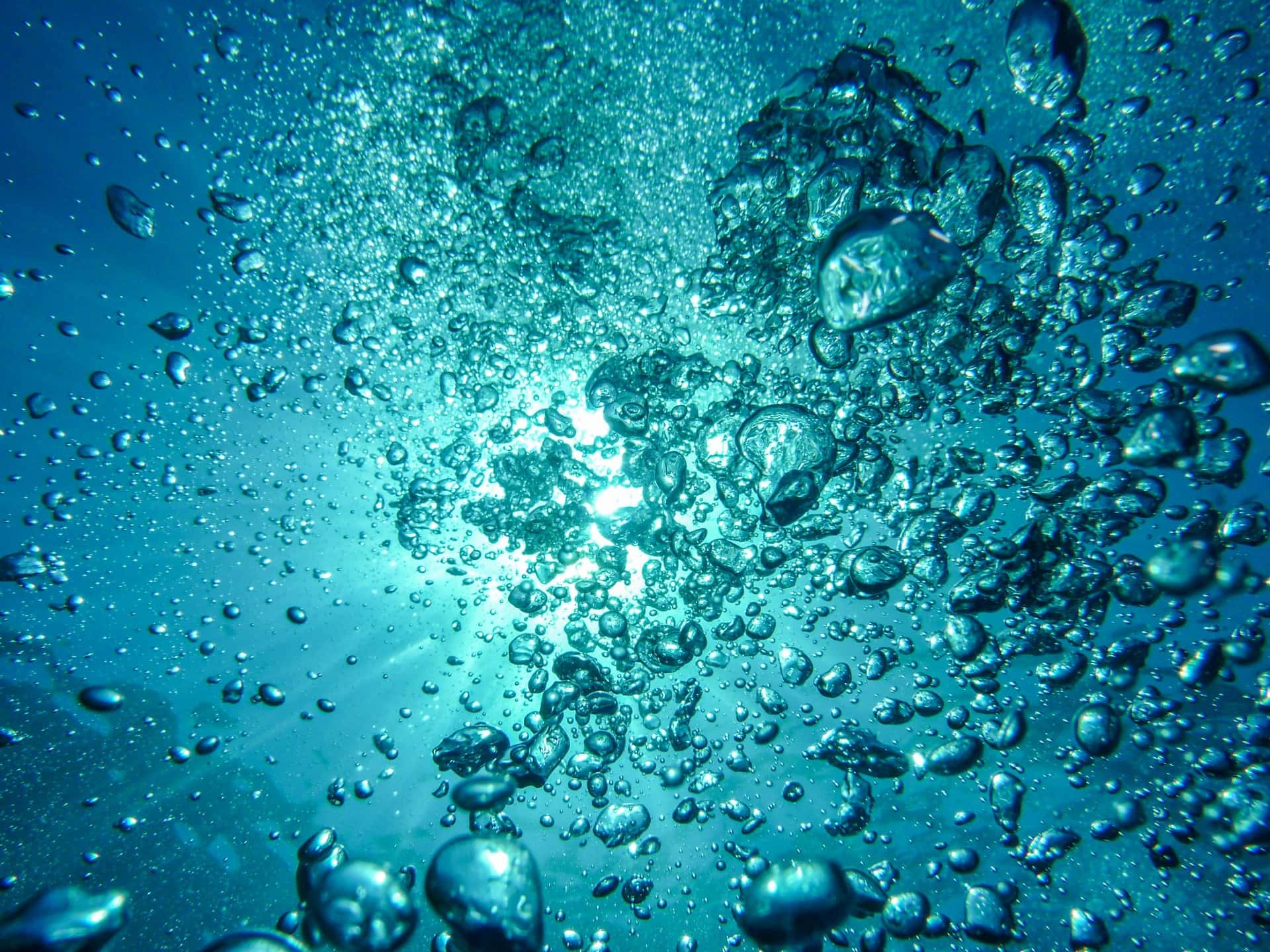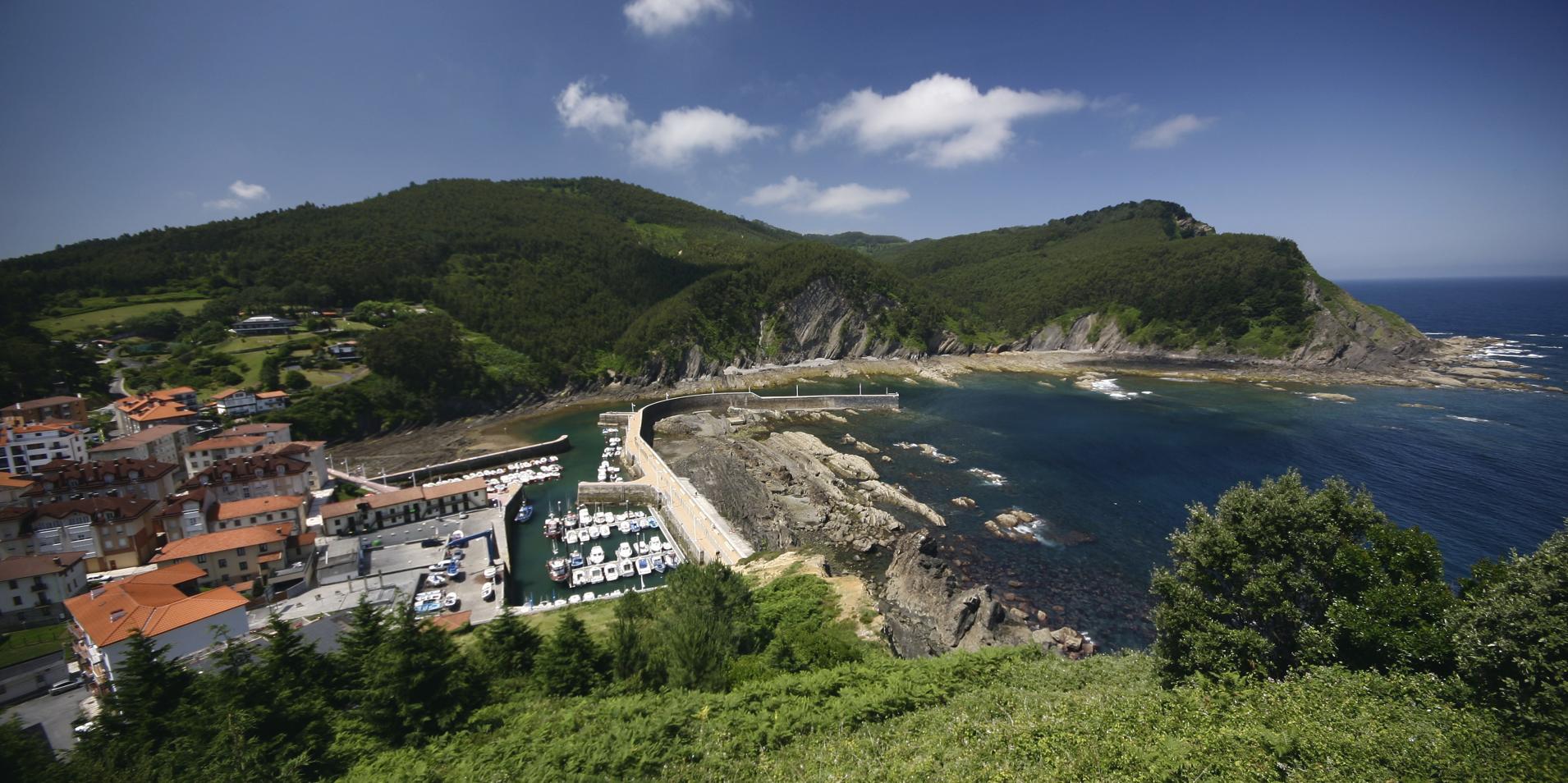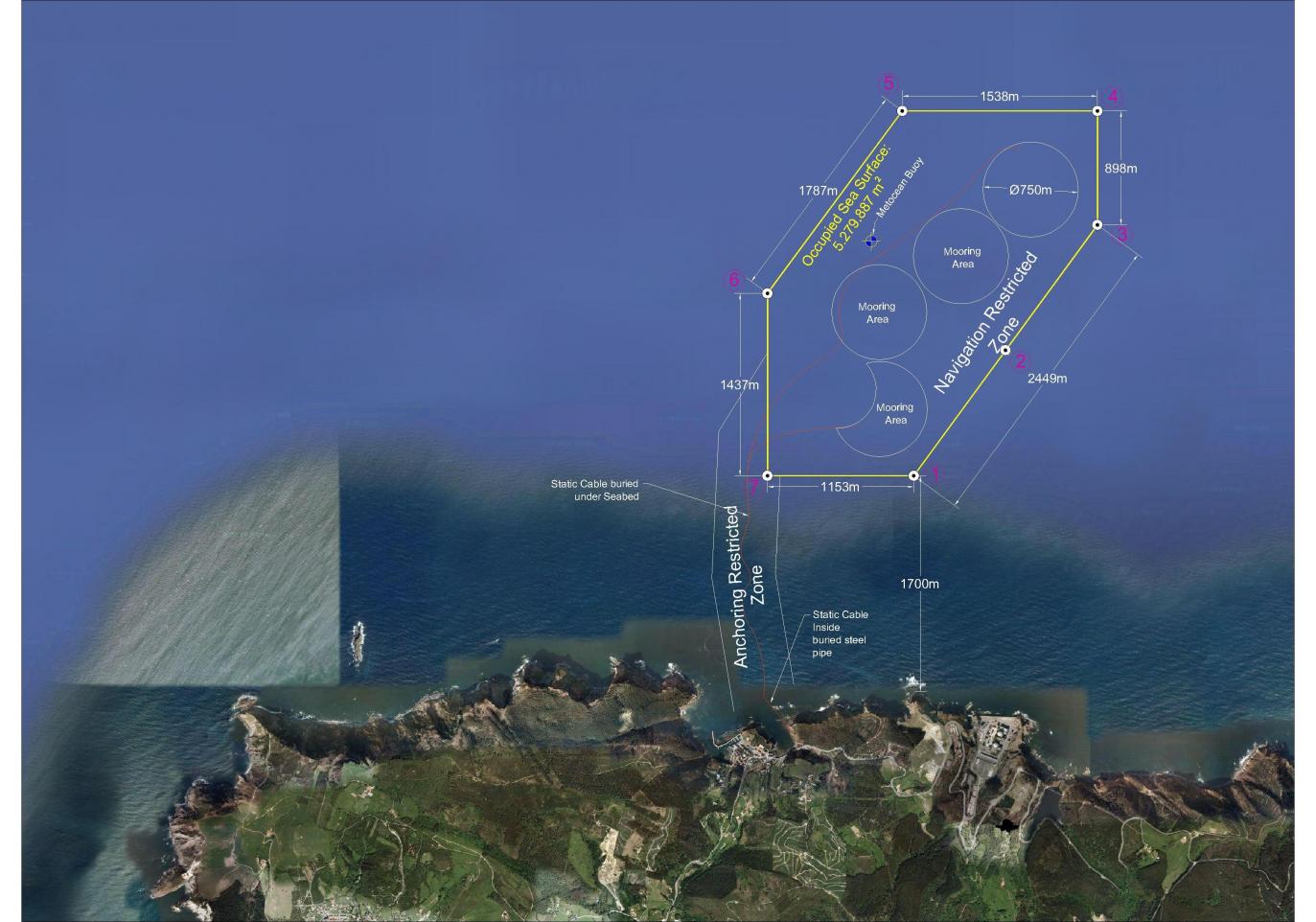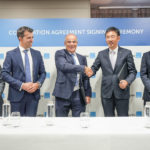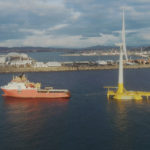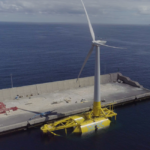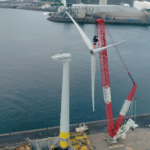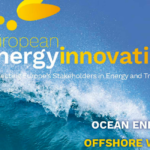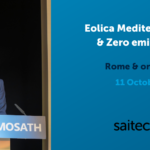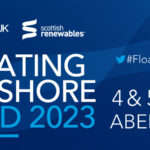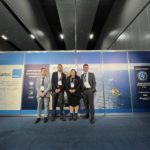This project is presented under the European Commission call “EMFF-BEW-2019: BlueInvest Grants: Investing in Blue Innovation” of the “Blue economy window call”. The objective is to develop and bring to market new products, services, and business models for SMEs that could ultimately create profitable activities.
SATHScale strives to remove the main barriers for wind turbines installation on existing floating foundation concepts which are high capital and operating expenditures. For that reason, this project identifies and facilitates floating wind full scale technology industrialization which is crucial to drive the cost down for larger projects.
The project will contribute to develop local economies, reduce the offshore wind impacts and reduce the cost of energy even compared to fossil fuels.

